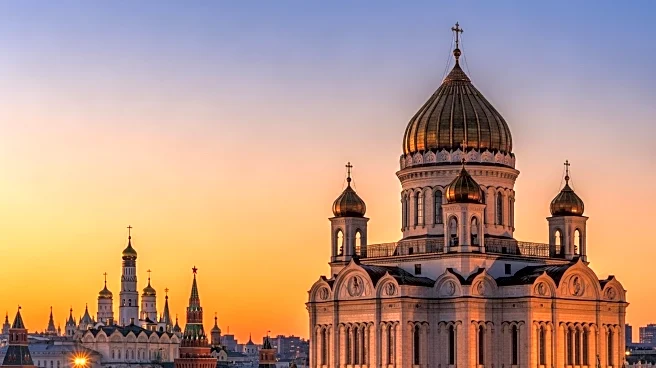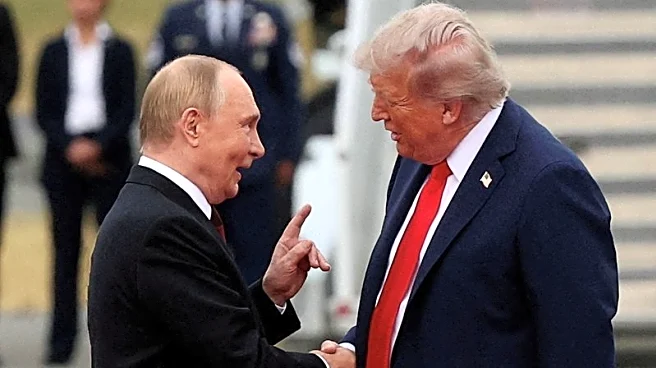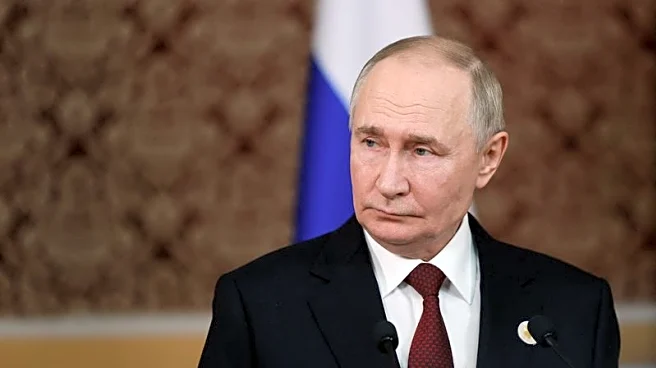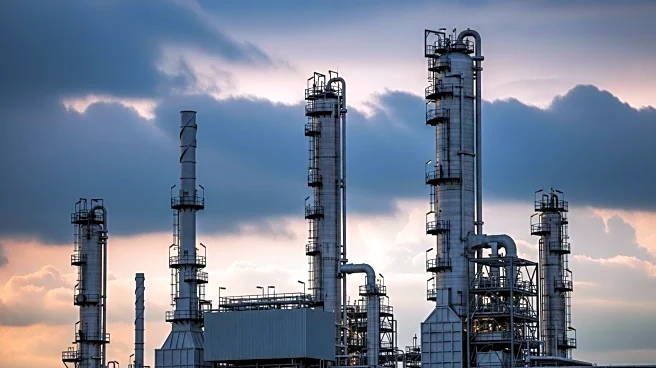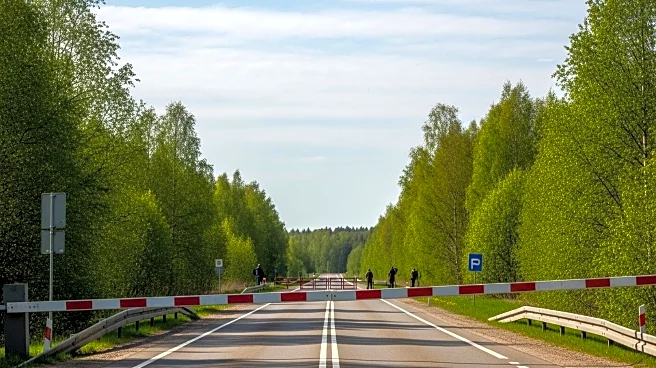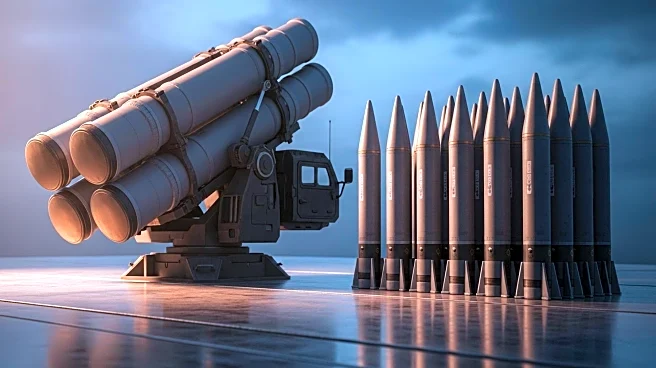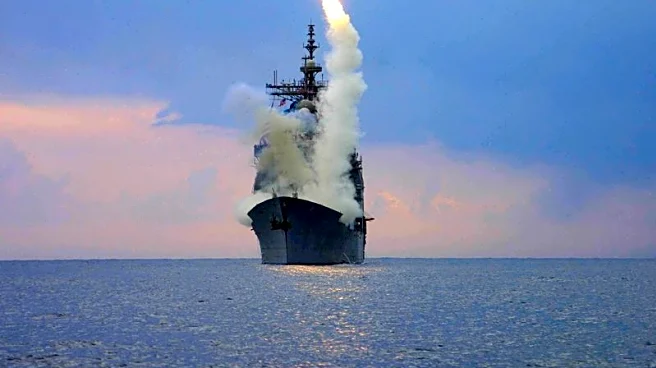What is the story about?
What's Happening?
The Kremlin, located in Moscow, is a fortified complex that serves as a symbol of Russian state power and a treasure trove of historical relics. It is recognized as a UNESCO World Heritage Site and is one of Russia's most iconic landmarks. The Kremlin's architectural ensemble includes monuments from the 14th to the 20th centuries, featuring golden-domed churches, ancient chambers, majestic palaces, and grand administrative buildings. The complex is situated on Borovitskiy Hill above the Moskva River and includes the Armoury Chamber, Assumption, Archangel, and Annunciation Cathedrals, among others.
Why It's Important?
The Kremlin is not only a historical and cultural symbol but also a political center, housing the official residence of the President of Russia. Its inclusion in the UNESCO World Heritage List underscores its global significance as a site of outstanding universal value. The Kremlin's architectural and cultural heritage attracts millions of tourists annually, contributing to Russia's economy and cultural diplomacy. It serves as a reminder of Russia's historical evolution and its role in shaping global history.
What's Next?
The Kremlin continues to be a focal point for political activities and cultural events. Efforts to preserve and maintain its historical integrity are ongoing, with regulations in place to protect its architectural heritage. The site remains a popular tourist destination, with plans to enhance visitor experiences through improved access and guided tours. The Kremlin's role in Russian politics and culture ensures its continued relevance in both domestic and international contexts.
Beyond the Headlines
The Kremlin's influence extends beyond its physical presence, symbolizing Russian power and identity. Its historical significance is intertwined with Russia's political narrative, serving as a backdrop for major events and decisions. The preservation of the Kremlin is not only about maintaining its physical structure but also about safeguarding its cultural and historical legacy for future generations.
AI Generated Content
Do you find this article useful?
